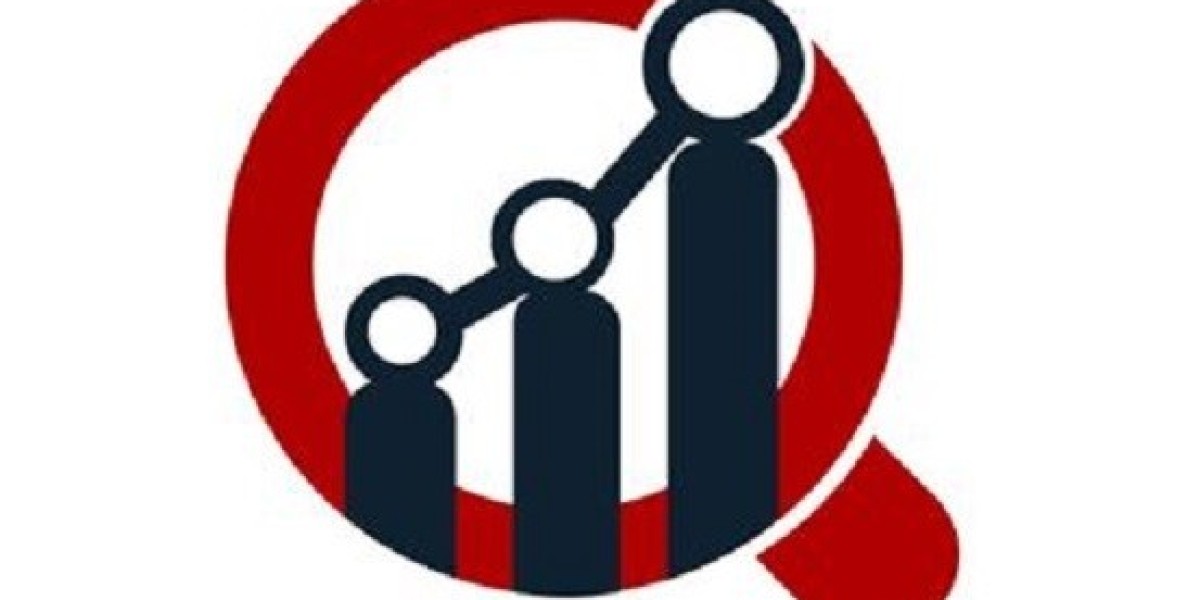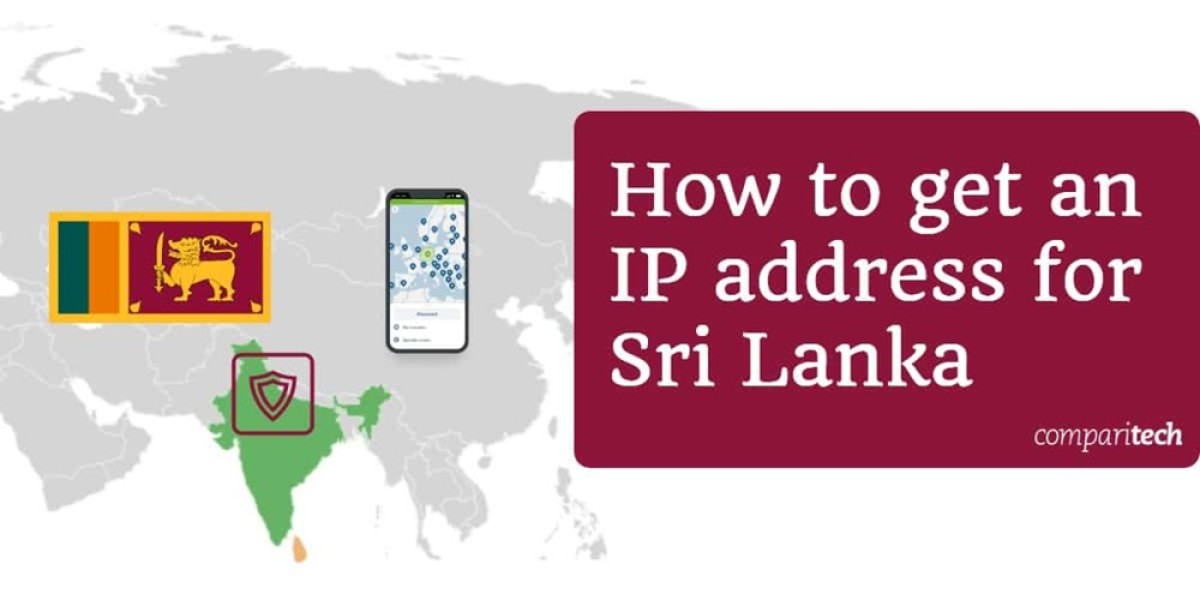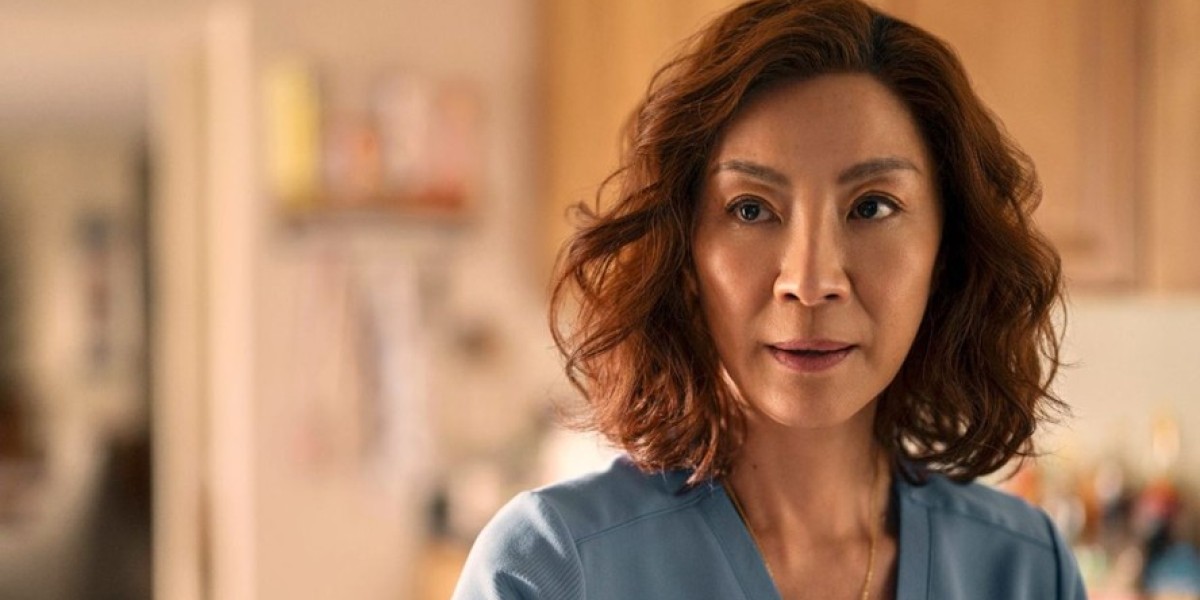Healing Skin Tears: Innovations and Insights into Advanced Wound Care
Skin tears are more than just superficial wounds—they represent a serious challenge, especially in elderly and medically fragile patients. Characterized by the separation of skin layers due to friction, blunt force, or shearing, skin tears can quickly escalate into complex wounds if not treated promptly. As awareness around elderly skin health grows, the skin tears treatment market is drawing increased attention from both healthcare professionals and medical device innovators.
Understanding Skin Tears and Their Risk Factors
Skin tears commonly affect older adults due to the natural thinning and fragility of aging skin. However, they can also occur in younger individuals who are critically ill or undergoing long-term steroid therapy. Some major risk factors include:
Dehydrated or malnourished skin
Use of adhesive medical tapes
Reduced mobility or impaired coordination
Friction during patient transfers or dressing changes
Proper classification and early intervention are essential for preventing infection and accelerating recovery.
Treatment Strategies and Product Innovation
The goal of treating skin tears is to protect the wound, manage exudate, and maintain a moist healing environment. The industry now offers a wide array of products and solutions, including:
Silicone-coated dressings: Ideal for fragile skin, minimizing pain during dressing changes.
Hydrogel and foam dressings: Help maintain moisture balance and absorb exudate.
Skin barrier creams and films: Offer preventive protection against further tearing.
Negative pressure wound therapy (NPWT): A newer option for managing more severe or chronic wounds.
These treatments reduce pain, enhance patient comfort, and lower the risk of infection—especially in home care settings where regular monitoring may be limited.
Why the Market Is Growing
The global skin tears treatment market is expanding due to several key factors:
Aging global population with increased skin fragility and chronic illness
Rising demand for home healthcare and long-term care services
Advancements in wound dressing technology
Increased awareness among clinicians about preventive wound care
North America dominates this space thanks to its high geriatric population and robust healthcare infrastructure. However, Asia-Pacific is witnessing rapid market growth, supported by improved access to medical supplies and an increasing emphasis on elderly care.
Clinical Importance and Healthcare Integration
Skin tears are now classified separately from other wounds in clinical protocols, underlining their significance in patient management. Hospitals and nursing homes are incorporating wound prevention programs, staff education, and automated documentation tools to reduce their incidence.
Furthermore, telehealth services now enable real-time monitoring of wound progression, allowing providers to adjust treatment plans swiftly, especially in remote or underserved areas.
Challenges and Unmet Needs
Despite market advancements, several challenges remain:
Lack of standard classification systems across facilities
Underreporting of skin tears in clinical records
Limited patient awareness of proper skin care, especially in at-risk groups
High costs associated with advanced wound dressings
Overcoming these obstacles requires cross-sector collaboration among manufacturers, healthcare providers, and policy makers.
Looking Ahead: A Future of Smarter Wound Care
As the world leans further into personalized medicine and smart health monitoring, the skin tears treatment market will likely integrate more digital and bioengineered solutions. Innovations like smart bandages with real-time healing sensors and antimicrobial-embedded dressings could revolutionize wound care altogether.
The increased focus on preventive care, combined with better training and product accessibility, signals a hopeful future for those vulnerable to skin injuries.



